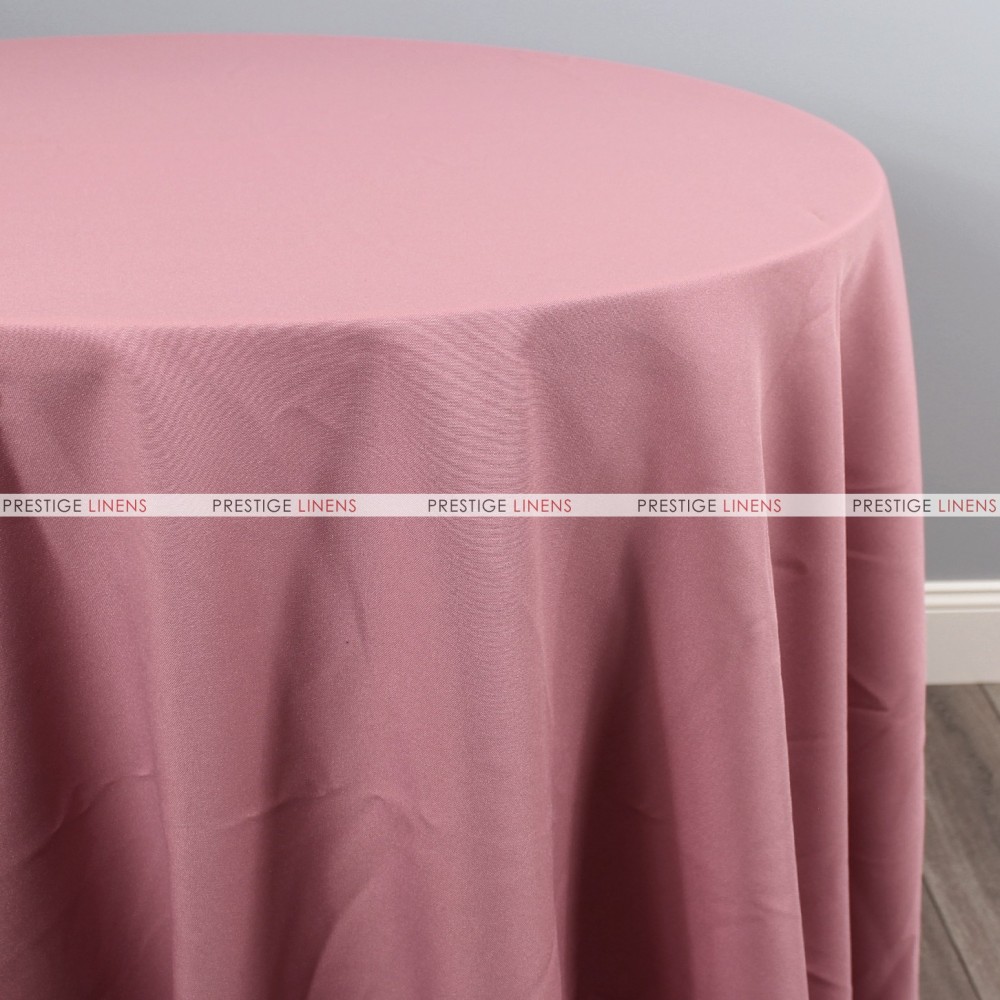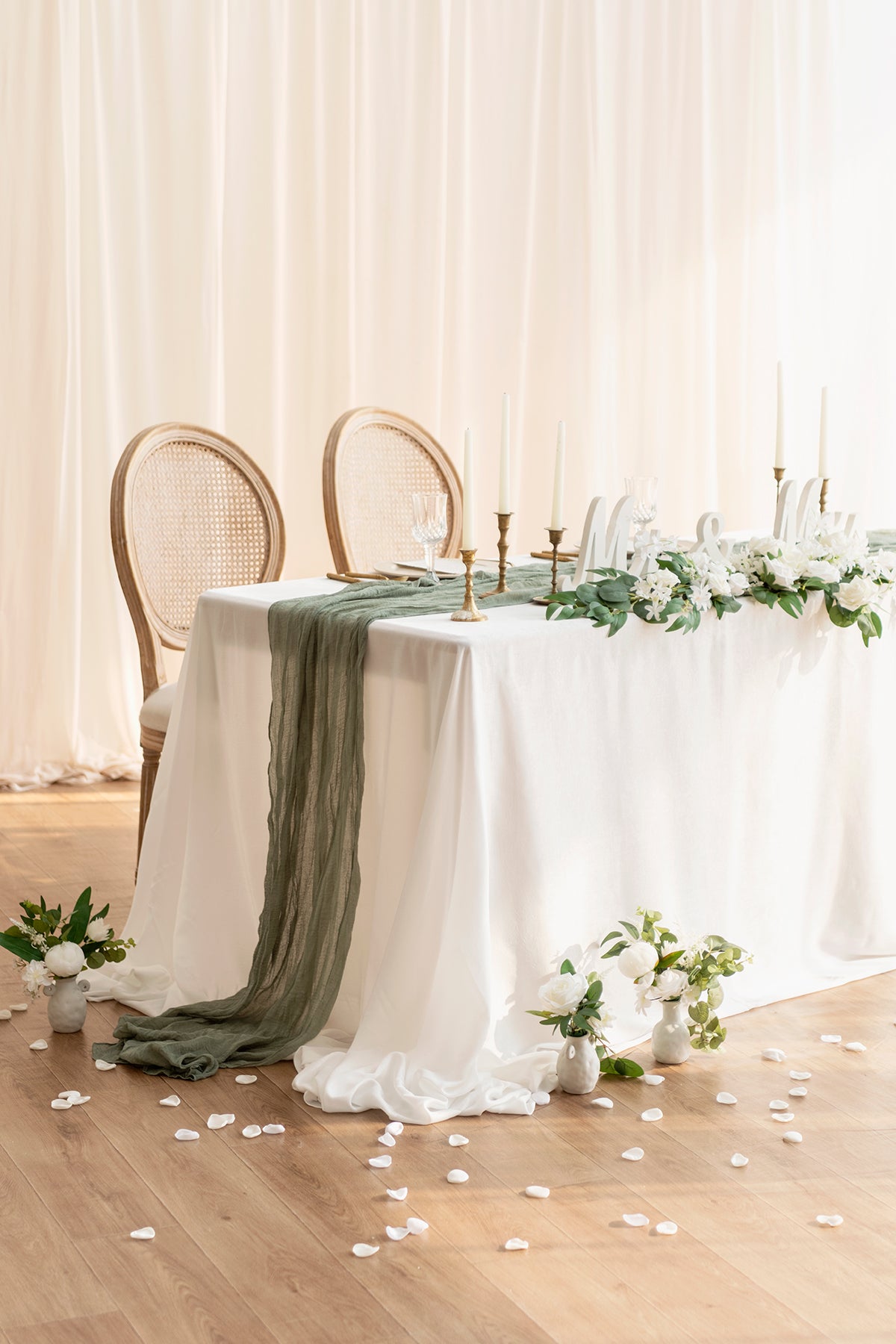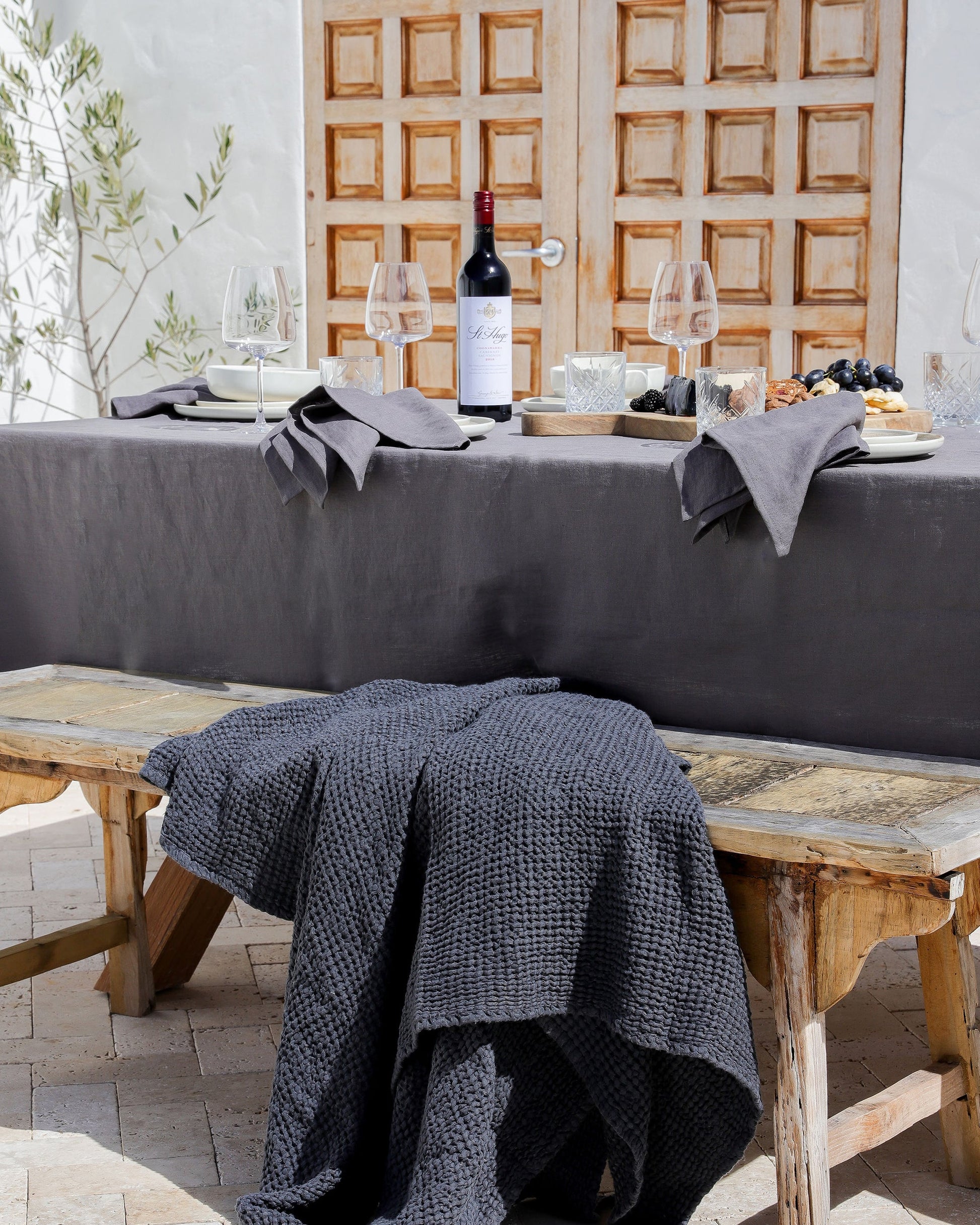Linen Fabric Advancements: Checking Out Modern Trends and Creative Applications in Layout and Fabric Sector
From sustainable production methods to sophisticated weaving modern technologies, the development of linen is improving the landscape of the fabric sector. As we dive into the worlds of creative style applications and the development of linen blends and crossbreed fabrics, a new phase unfolds in which linen's role in future fabric technologies takes center phase.
Lasting Practices in Linen Manufacturing
Sustainable techniques in bed linen production have actually become significantly vital in the textile industry's initiatives to reduce ecological impact and advertise moral sourcing techniques. Linen, a natural fiber acquired from the flax plant, provides a series of benefits such as biodegradability, breathability, and longevity. However, typical techniques of bed linen production can entail substantial water consumption, chemical use, and energy-intensive processes.
To resolve these obstacles, several textile producers are embracing lasting practices throughout the linen production process. This includes sourcing flax from natural farms that stay clear of harmful pesticides and chemicals, applying water-efficient retting techniques to essence fibers from the flax stalks, and using environment-friendly dyes and finishes. Additionally, some firms are purchasing renewable power sources to power their manufacturing centers and decreasing waste through recycling and upcycling efforts.
Technical Developments in Bed Linen Weaving
With the expanding emphasis on lasting methods in linen manufacturing, the fabric industry is now seeing a surge in technical advancements particularly intended at transforming the art of bed linen weaving. These developments are improving the way linen materials are produced, providing enhanced effectiveness, quality, and imagination in weaving strategies.
One of the crucial technological developments in linen weaving is the combination of electronic looms. These innovative looms are geared up with software program that permits elaborate and complicated styles to be woven with precision. By digitizing the weaving process, manufacturers can accomplish better uniformity and precision in their linen fabrics.
Additionally, improvements in thread spinning technology have allowed the manufacturing of finer and more resilient bed linen threads - table cloths. This leads to softer and smoother bed linen fabrics that maintain their top quality even after multiple usages and laundries
Additionally, the growth of eco-friendly dyeing procedures and finishes for bed linen fabrics is obtaining traction. These lasting practices not just reduce the environmental impact but also deal with the increasing customer demand for fairly produced textiles.
Creative Layout Applications for Linen
Cutting-edge creative strategies are increasingly shaping the innovative layout applications for bed linen in the fabric industry. Linen's natural aesthetic charm and capacity to mix with various other fabrics make it a favorite choice for producing special garments and devices that provide to the eco aware customer.
Moreover, designers are try out linen in home design, using its breathable and long lasting nature to craft trendy furnishings such as curtains, bedding, and upholstery. The texture and drape of linen bring a feeling of refinement and convenience to indoor rooms, including a touch of style to modern-day homes.

Linen Blends and Crossbreed Fabrics

Crossbreed materials, on the various other hand, take the concept of mixing a step further by incorporating extra components such as metal strings, recycled products, or conductive fibers. These ingenious textiles not only expand the design possibilities however also present useful aspects like conductivity, antimicrobial homes, or enhanced longevity. Hybrid materials are increasingly being used in numerous markets, including style, interior decoration, and technological textiles, where the need for multifunctional materials gets on the increase.
Linen's Duty in Future Textile Innovations

In the world of future textile developments, bed linen is anticipated to be a principal in the advancement of sophisticated practical textiles. Designers and researchers are checking out methods to improve bed linen's integral top qualities through technical developments, such as integrating clever textiles, nanotechnology, and performance coatings. These innovations aim to raise bed linen's performance characteristics, making it suitable for a more comprehensive array of applications, from activewear to safety clothing.
Additionally, the combination of linen with various other natural or artificial fibers opens up countless opportunities for producing unique fabrics with one-of-a-kind buildings and performances. By leveraging linen's qualities and discovering innovative blends, the fabric market is positioned to introduce exciting advancements that deal with advancing web customer demands and sustainability requirements.
Conclusion
Finally, the exploration of lasting methods, technical improvements, imaginative layout applications, bed linen blends, and its function in future textile technologies highlight the continual advancement of linen textile in the modern layout and fabric industry. With a concentrate on advancement and creativity, the adaptability and eco-friendly nature of linen make it a valuable product for designers and producers alike, leading the method for additional growths and innovations in the field of fabrics.
As we delve right into the worlds of innovative design applications and the emergence of linen blends and crossbreed fabrics, a new chapter unravels in which bed linen's duty in future fabric advancements takes facility phase.
Exploring the blend of bed linen with other fabrics has actually led to the appearance of click to investigate cutting-edge blends and crossbreed textiles in the contemporary fabric market. Bed linen blends provide a special combination of the features of linen with those of other fibers, resulting in materials that have improved buildings such as raised durability, improved draping, and reduced wrinkling.The evolution of bed linen blends and hybrid materials has actually set the phase for Linen to play a pivotal function in driving future fabric innovations.In the world of future textile advancements, bed linen is anticipated to be a key gamer in the advancement of innovative practical fabrics.